Bullet Basics: Calibers, Types, and Terminology
Bullet Basics: Calibers, Types, and Terminology
Guns and the projectiles they fire have been evolving alongside each other since the early modern age of firearms. As a result of the variations in firearm design from different parts of the world and constant advancements in technology, bullets have taken on many forms.
If you find it hard keeping up with all the terminology associated with bullets, you’re not alone. Different players in the industry have produced dissimilar naming conventions, units of measurement, and firing mechanisms, making it a daunting task to categorize them. In this post, Cash My Guns will cover some basics so you can walk away with a better understanding of bullets.
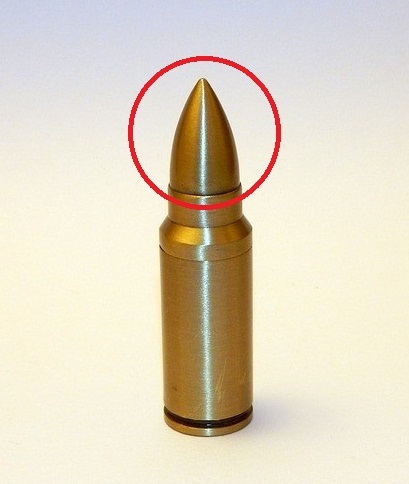 What you may know as a bullet may not be accurate, so first we’ll clear that up. The bullet is the actual projectile that flies through the air. It does not include the primer, powder, or casing (those all make up the cartridge). Bullets are usually named after their diameter, known as the caliber. Here are some of the common calibers that you will encounter on Cash My Guns and throughout the firearms industry:
What you may know as a bullet may not be accurate, so first we’ll clear that up. The bullet is the actual projectile that flies through the air. It does not include the primer, powder, or casing (those all make up the cartridge). Bullets are usually named after their diameter, known as the caliber. Here are some of the common calibers that you will encounter on Cash My Guns and throughout the firearms industry:
- .380
- .22LR
- .40 S&W
- 9mm
- 10mm
- .45ACP
- .38 Special
- 7X28mm
- .357 Magnum
- .30 Carbine
- .300 Blackout
- 62X39mm
- 56X45mm / .223
- 62X51mm / .308
- 62X54mmR
- .30-06
- .50BMG
- 12ga
In addition, there are several types of bullets of varying calibers on the market today.
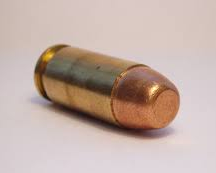 Full Metal Jacket: Soft metal at the core (usually lead) that is encapsulated by a harder metal (like copper).
Full Metal Jacket: Soft metal at the core (usually lead) that is encapsulated by a harder metal (like copper).
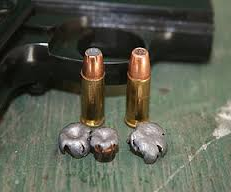 Hollow Point: These contain a cavity at the bullet’s tip and are designed to expand upon impact. Expansion inflicts maximum damage by causing the bullet to tumble once it enters the target.
Hollow Point: These contain a cavity at the bullet’s tip and are designed to expand upon impact. Expansion inflicts maximum damage by causing the bullet to tumble once it enters the target.
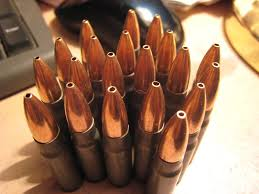
Open Tip: Similar to hollow point bullets except the cavities are much smaller and thus do not cause the bullet to expand upon impact.
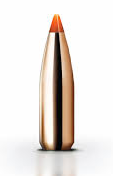 Ballistic Tip: These bullets are essentially hollow point bullets capped with plastic tips to streamline the profile. With ballistic bullets, you get the aerodynamics of a full metal jacket bullet, but with the expansion properties of a hollow tip.
Ballistic Tip: These bullets are essentially hollow point bullets capped with plastic tips to streamline the profile. With ballistic bullets, you get the aerodynamics of a full metal jacket bullet, but with the expansion properties of a hollow tip.
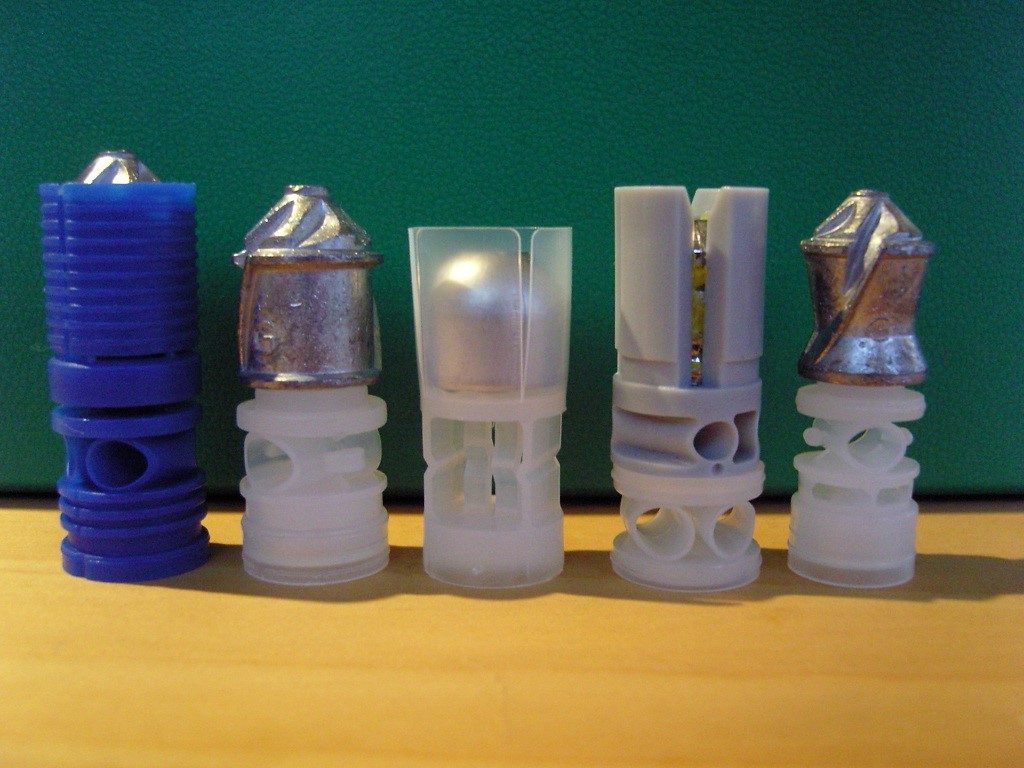
Birdshot, Buckshot, and Slugs: These projectiles are for use in shotguns. Birdshot are basically small metal spheres that disperse out of the muzzle and provide an even spread on a target. Buckshot is the bigger cousin with similar dispersion, but bigger spheres. Slugs are a single hunk of metal with considerable stopping power. Pictured are a variety of slugs.
There is much more to projectiles than we could ever cover in one post, but we hope this gives you a good introduction to some of the information surrounding them. Cash My Guns does not buy or sell bullets, but nonetheless this is useful information if you are interested in firearms. On the other hand, you’ve come to the right place if you’re looking to sell a gun. Visit our How it Works page to see what we’re about. If you have any questions, our friendly staff is here to answer them and provide you with assistance.
